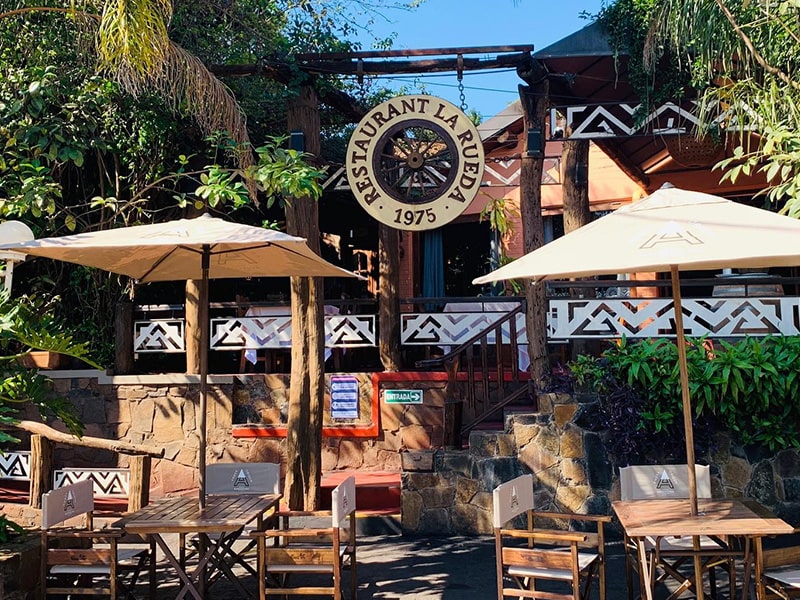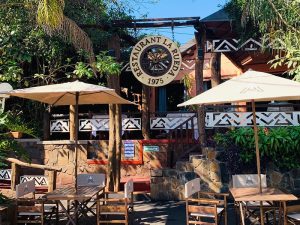The site, which preserves a remnant of the Atlantic Forest, is the Brazilian preservation unit with the largest number of species of the 'hope' insect. There are 89 species in 5 subfamilies.
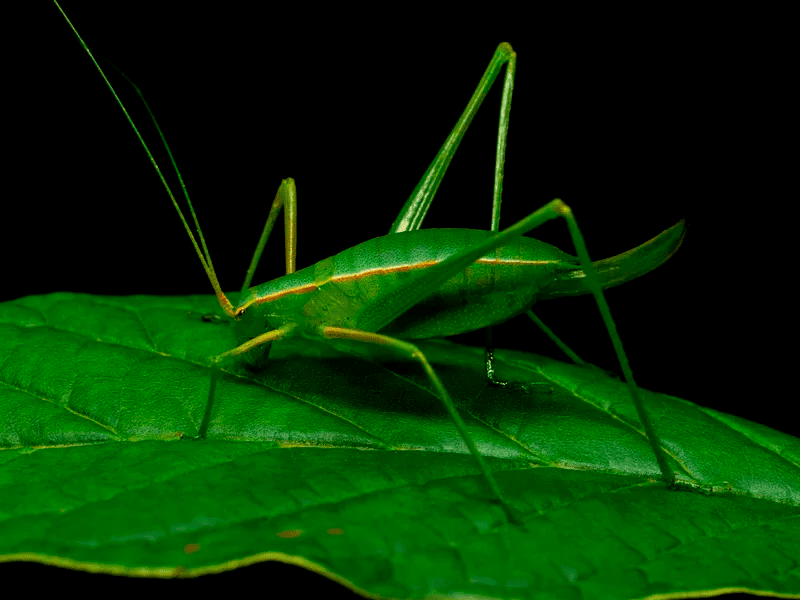
O Iguacu National Park, Known for housing the majestic Falls, in Foz do Iguaçu, Paraná, it is recognized as a world natural heritage. This is because it is one of the few conservation sites in the Atlantic Forest.
With rich preserved biodiversity, the Iguaçu National Park promotes socio-environmental benefits for generations. The site also holds natural treasures, including rare and endangered species in its 1,850 km².
With new species being discovered by researchers, today around 158 species of mammals are known in the Iguaçu National Park. Plus a total of 390 birds, 48 reptiles, 12 amphibians. In addition to 175 fish and at least 800 invertebrates. It is estimated, however, that this number is much higher, with new groups being analyzed.
The newest treasure found, therefore, are the new species of the insect known as the hope (family Tettigoniidae).
Of the 89 types of hope found at the site, divided into 5 subfamilies, at least eight are new to science. In addition, the sound of 29 species of them, hitherto unknown to researchers, was recorded for the first time.
The research was published in article recently published in the international magazine Zootaxa, according to several Subjects published.
The article is the result of master's research by biologist Marcos Fianco, master in Neotropical Biodiversity, at the Federal University of Latin American Integration (UNILA).
Confira no artigo:
Unknown species are found in the Iguaçu National Park
In an inventory of all the species of bluebirds that inhabit the Iguaçu National Park, the biologist recorded the song of 34 there, of which 29 species were recorded for the first time.
The study revealed that Paraná is the second state with the highest number of known blueberry species, with 94 in total. Before this research, science only recognized the existence of 19 species in the state.
Hopes of the Iguaçu National Park draw attention
Some hopes found in the Iguaçu National Park draw more attention than those previously known.
“We have many species that mimic leaves, but one of the genera, Typophyllum, has fantastic camouflage. In this genus there are brown individuals, looking like dry and deteriorated leaves, and green individuals, camouflaging themselves with green leaves”, says Marcos Fianco.
The biologist analyzes this camouflage as a protection strategy. “The predator doesn't see hope and therefore doesn't eat it, because it can't differentiate it from the medium it's in, which are dry or green leaves,” he explained.
Although most hope bugs look like leaves, some mimic other bugs. Scaphura nigra, in turn, mimics species of wasps.
Animal is harmless, but camouflages being dangerous
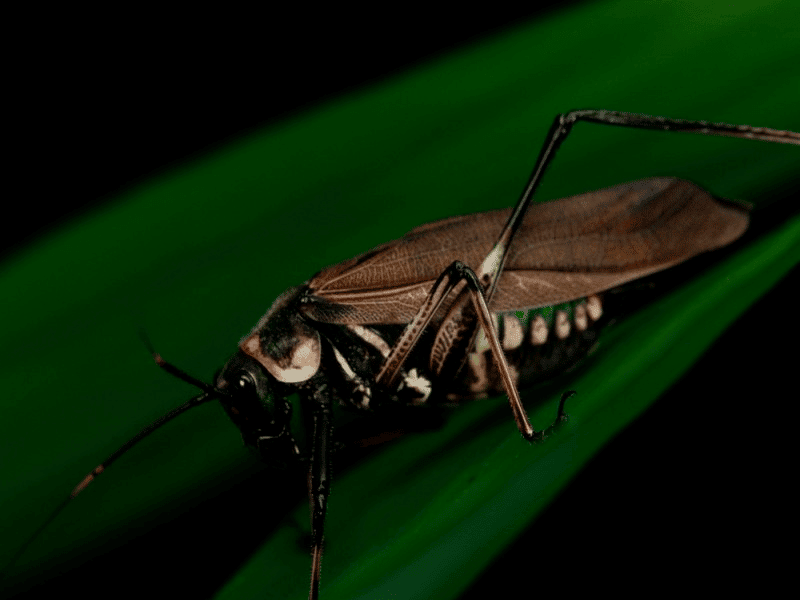
Hope is a harmless animal and mimics the characteristics of a dangerous animal, which has a sting as a form of protection. Predatory animals tend not to feed because they recognize, by their morphology, color and behavior, that this hope would be a dangerous insect”, he explained.
The camouflage of these insects, which is an essential feature for their survival, makes field research with hopes therefore quite laborious.
To make a faunal inventory possible, Marcos Fianco spent almost 40 days in the park, between 2017 and 2019, collecting hopes. Afterwards, they were taken to the UNILA laboratories, where the researcher photographed, analyzed the morphology and recorded the song of hope.
“The acoustic characteristics are extremely important in the communication of these insects. We, researchers, can use these records in the field of Taxonomy to identify and recognize species. We also use these records in the area of Ecology, and can even be used on larger scales, such as in the study of climate change, such as global warming, on the dynamics of acoustic parameters and distribution of species”, he highlighted.
the Fiancos.
Marcos Fianco continues his research on hopes. In his doctorate at UFPR, he seeks to understand the relationships between groups of hopes in Latin America and other parts of the world.
Like these species, many others can only continue to exist and be researched through preservation. That is why it is important for the Iguaçu National Park to exist and be recognized as a world natural heritage.
Iguaçu National Park: world natural heritage
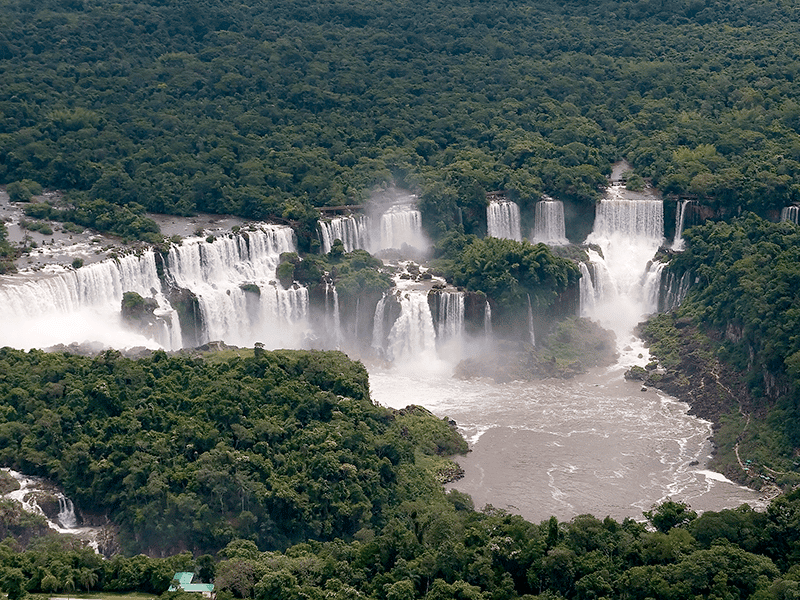
O Iguacu National Park, which is the stage for the impressive Iguaçu Falls, is more than that. It is recognized as a world natural heritage.
This is because it preserves an important remnant of the Atlantic Forest and conserves its biodiversity, promoting socio-environmental benefits for current and future generations.
With its more than 185,000 hectares, the Iguaçu National Park is one of the largest remnants of the Atlantic Forest in the interior.
The park is, moreover, inserted in a unique geographical context, as it connects with other similar forest fragments in Argentina. One of the main highlights is the Iguazú National Park.
The largest population of jaguars in the Atlantic Forest is in the National Parks of Iguaçu and Iguazú.
There is also the Iguaçu River which, after crossing the State of Paraná, receives water from the Floriano River Basin and other rivers in the park. The forest contributes to the formation of rains that replenish the region's water system, allowing the existence of rare species that require quality water. It gets even better after the river spills over the walls of the waterfalls of Iguaçu.
The experience of intense contact with nature, with the thunderous noise of its falls, the view of the sunset and the feeling of being wet, attracts visitors from all over the world, and is also one of the most visited tourist attractions in Brazil.
There's a lot to explore in the 3% of the National Park's visitable area
This expressive biological variability and the unique landscape of the Iguaçu Falls made the Iguaçu National Park the first Conservation Unit in Brazil to be established as a Natural World Heritage Site by UNESCO, in 1986.
If we add the Brazilian and Argentinean sides of the park, separated by the Iguaçu River, there are more than 1 million hectares of natural areas, 600 thousand hectares of which are protected areas and another 400 thousand hectares in primitive forests.
Of these more than 1 million hectares, only 3% of the Iguaçu National Park is within a “visitable area”. Even so, there is much to explore in one of the best attractions in Foz.
The Iguaçu National Park also registers the passage of different cultures and occupations of Alto Paraná, with the presence of archaeological sites of the Itararé and Guarani ethnic groups. In addition to historic structures, such as the Hotel das Cataratas, Usina São João and Estrada das Cataratas.
And you? Do you already know the Iguaçu National Park? Need to know right away!
For the Falls and for all the beauty it offers in your tracks and exuberant nature. Being able to carry out ecotourism, breathe and look up, feeling like you are in the middle of the Atlantic Forest!
You can stay at the Del Rey Quality Hotel and explore all the possibilities in the park with our partner Loumar Tourism.
See some tips for trails in the Iguaçu National Park
The Brazilian side of the park offers a main trail of about 1.5 km with a minimum level of difficulty. There is the well-known Trail of Falls and the Trail of Poço Preto, 22 meters deep and 400 meters in diameter.
The Bananeiras Trail offers a quieter option for those who enjoy observing nature, on a 1.6 km route.
On the Argentine side, there are three main trails and the sum of them offers more than 9 km of routes through the forest of the National Park, each of them, providing a different point of view of the famous falls of the Falls. The Garganta do Diabo Trail is approximately 2.2 km long and provides what would be the best view from the top.
To start and end this trail, you have the option of using a gas-powered train that takes you from Central Station to the beginning of the trail and back to Central Station.
The Superior Trail is 1.7 km long and is full of walkways and bridges above the forest and waterfalls. The Lower Trail allows the visitor to see the Falls from new angles, very close to some falls.
Remember that on the Argentine side, all trails are round trip.
To do the three trails, therefore, you must plan to spend the whole day!

